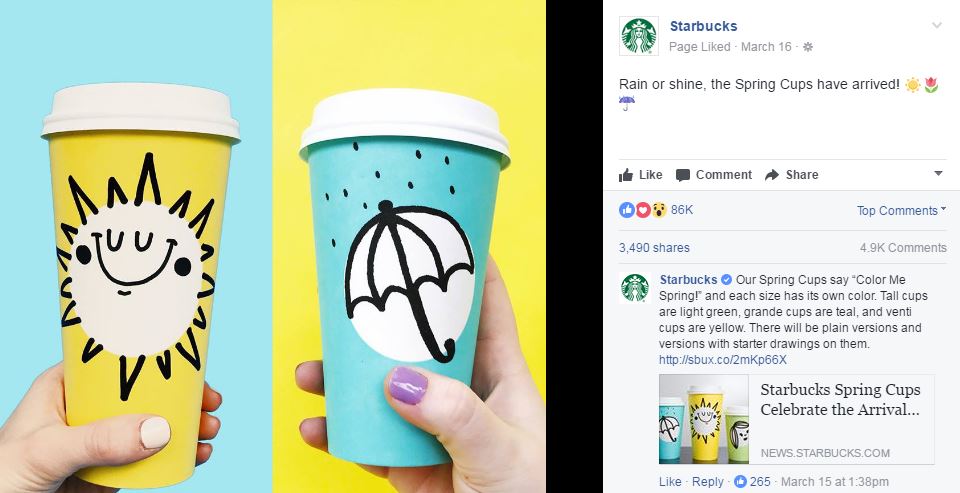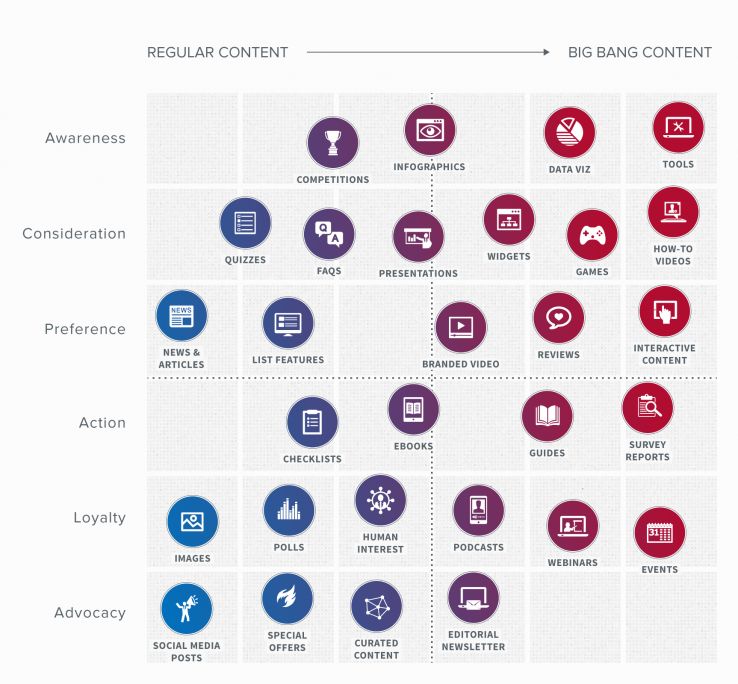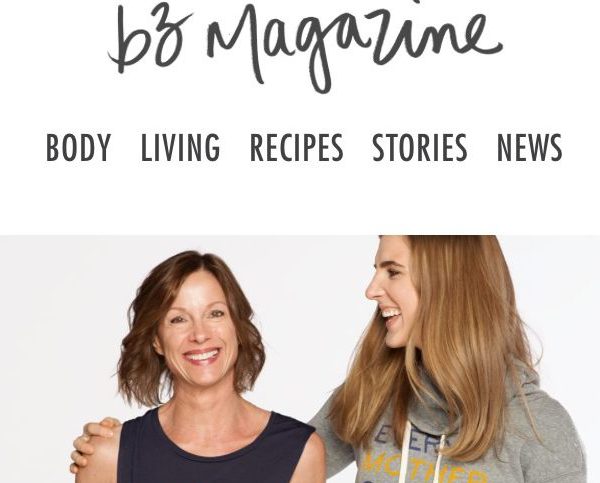
Hang out with me for a day and you’ll quickly learn I love to cook (and eat) healthy meals. In fact, I’m cooking dinner as I write this!
Hang out with me for a week and you’ll learn I love to creatively express myself through writing (hence, this blog).
As I was sauteing veggies one evening, it struck me – cooking a tasty, healthy meal is analogous to content marketing.
If the inputs are junk and the execution is lazy, you shouldn’t be surprised when you get terrible results. Alternatively, if the ingredients are fresh and the execution is meticulous, the results will be superb.
Now, let’s dig in.
Content Marketing Lesson #1: Organic is Usually Best
When given the option, organic engagement and organic veggies offer undeniable quality.
If your audience is interacting with your content organically, they likely want to be there and find your content interesting. They want to watch your cool video or read your insights. This person could be a future community member or customer.
Sometimes, thanks to algorithms and an overload of available content, we need to boost our owned media with paid media to improve its visibility. Similarly, sometimes you have to add seasoning to your veggies to boost the flavor. This may improve exposure (or taste), but should be done as a supplementary practice.
First focus on creating high quality content that drives organic engagement.
Content Marketing Lesson #2: Seek the Unique
I love experimenting in the kitchen. It adds interest and variety to our meals.
When creating content, don’t be shy to experiment. When stretching your creative bounds, keep your audience in mind. Would they also get enjoyment out of this new avenue or will they turn up their noses?
I know my husband will loathe anything with eggplant, so I don’t even go there.

In 2016, Denny’s hosted a live Q&A with a pancake on its Facebook page – unique and definitely different. Denny’s audience ate the talking pancake right up. More than 12,000 people showed up to watch!
Content Marketing Lesson #3: Buy in Season
When looking for flavor packed (and budget friendly) produce, I seek out what is in season.
I mean, doesn’t buying a mango in the dead of winter seem strange to anyone else? How is this any different than seeing a Halloween themed campaign during the summer?
Take a look at the calendar to determine where you could appropriately plug in content.

Starbucks regularly tags onto holidays and seasons. This spring, for a limited time Starbucks introduced a cheerfully colored cup with a white dot. The design welcomed the season and invited customers to doodle on their cups – user generated content commence!
Content Marketing Lesson #4: Cater to Your Audience
In the same way you wouldn’t serve nuts to someone with a severe allergy, don’t serve content that isn’t aligned with your brand. It will confuse your audience, and like your guest who now has swollen glands, it makes them uncomfortable.
Knowing your audience – their passions, questions and concerns – gives you a foundation for creating customer-centric content. If you add value to their life, they will want to come back for more.
Likewise, I don’t want my guests reaching for their EpiPens or leaving hungry. Catering to their preferences means they will likely accept the next dinner invitation. They might even show up uninvited, like someone returning to your webpage on their own initiation.
Content Marketing Lesson #5: Serve in Courses
When I want to host a celebratory dinner, I’ll opt for a more formal approach by serving the meal in courses.
If I start off with a rich, chocolatey dessert and then pass around appetizers, the stuffed mushrooms would be politely turned away.
All that time spent on the mushrooms, wasted!
When creating and distributing content, you should consider where your audience is in their engagment journey. The chance of a new audience member paying for a webinar is slim. Warm them up with free how-to videos that showcase your expertise.
This content matrix from Moz is a great visualization.

Content Marketing Lesson #6: Consistency is Key
As a host, my goal is to consistently provide a quality meal and relaxing experience. Even though my guests don’t verbalize this expectation, I know it exists and I strive to provide a memorable evening.
Similarly, your content marketing approach should include consistent delivery of value-added content. By regularly engaging your audience with content that resonates, they will continually come back for more.
If you spend all your efforts on a shiny new video, distribute it and then walk away – I can guarantee you will not get the return you desired. You cannot create one piece of content and expect to build an engaged community.
To continually be on your audience’s radar, you need to continually pump out quality content. These content pieces can (and should) vary in format, length and medium.
Barre3 continually serves me quality Instagram posts, interesting emails and an online magazine. These efforts keep them top of mind and I’ve hooked in a few friends as a result.

Content Marketing Lesson #7: Variety is Healthy
Eating a variety of food ensures our bodies get the nutrients they need to thrive.
Serving a variety of content ensures our audiences are entertained and informed. It helps guarantee that different audience personas are getting the content they want, where they want it.
Using different angles (informative, debate, case studies) and different formats (infographic, lists, emails) will bring some spice to your content mix. Here is a list of 105 types of content to get you started.
Content Marketing Lesson #8: Presentation Matters
You’ve spent hours dicing, slicing, roasting and sauteing. The guests are about to arrive. In a rush, you toss everything – the fish, the soup, the salad – in a big bowl and throw in a ladle.
An extreme example, but you get the point. How you serve your meal matters.
If you have low-quality pictures and blocks of unformatted text, your readers will quickly move on. There is a ton of content out there and they don’t have time to decipher your mess.
Some formatting considerations for a blog post include adding subheadings, bullets, bold text and pull quotes.
Tossing in a few of these elements will make your work palatable and digestible.
Cooking Up Content
Cooking and creating content are creative endeavors. Approaching production with a unique angle can yield enticing results. But ignoring the preferences of our guests and audiences will lead to our demise.
Did I miss any key ingredients? Let me know in the comments! I’m hungry to learn more and dive into a feast of creative content approaches.


